Beyond the Water Bottle: The Sneaky Foods Affecting Your Hydration
I’ve been in the nutrition world for a long time, working with everyone from pro athletes to busy parents just trying to keep up. And honestly, one of the biggest issues I see isn’t some rare vitamin deficiency—it’s plain old dehydration. Most of us know we should drink more water, but that’s only half the battle. The food on your plate is a massive player in this game, either helping you stay hydrated or actively working against you.
In this article
Getting a handle on this is the key to feeling your best. It’s not about demonizing certain foods. It’s about understanding how your body works so you can make smarter choices, especially when it’s hot out or you’re hitting the gym. So, let’s look past the water bottle and see how your diet really impacts your hydration.
Oh, and here’s a fun fact to start us off: Did you know you can get about 20% of your daily water intake from food alone? It’s not just about what you drink!
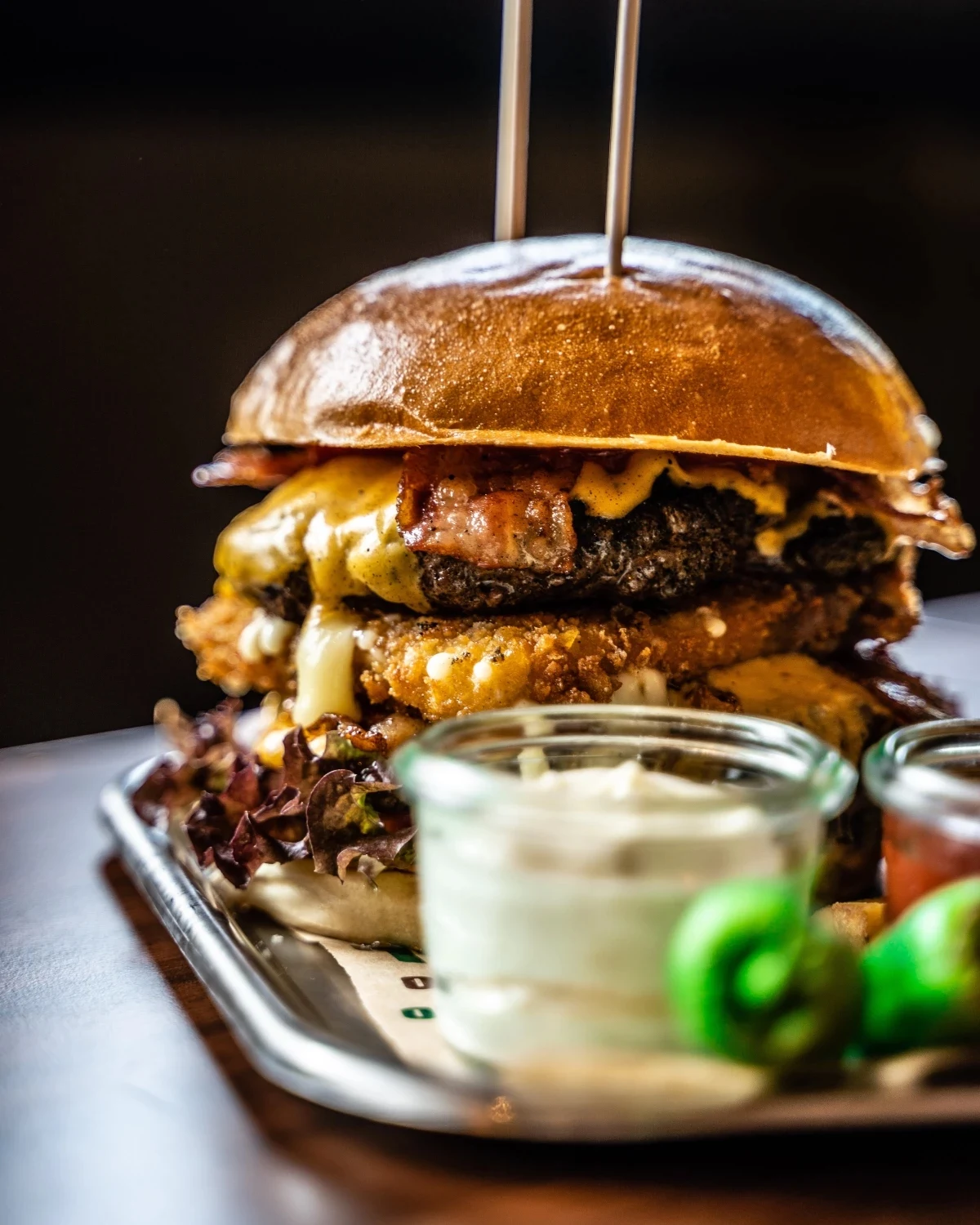
So, How Does This Hydration Thing Actually Work?
Your body is an amazing machine, constantly trying to find balance. At the heart of it all is water, which keeps your temperature in check, your joints moving smoothly, and nutrients flowing to your cells. But water can’t do its job alone; it needs electrolytes. Think of electrolytes like sodium, potassium, and magnesium as tiny bouncers at the door of your cells. They decide how much water gets in and out, which is absolutely critical for everything from nerve signals to muscle movements.
This whole process relies on something called osmosis. It sounds complicated, but the principle is simple: water always moves from a less concentrated area to a more concentrated area to even things out. Imagine a cell is like a tiny water balloon with a very fine screen. Water can pass through, but bigger things like salt and sugar can’t. So, if the fluid outside the cell suddenly gets super salty or sugary, water rushes out of the cell to try and dilute it. This leaves your cell shriveled, dehydrated, and unable to function at its peak.
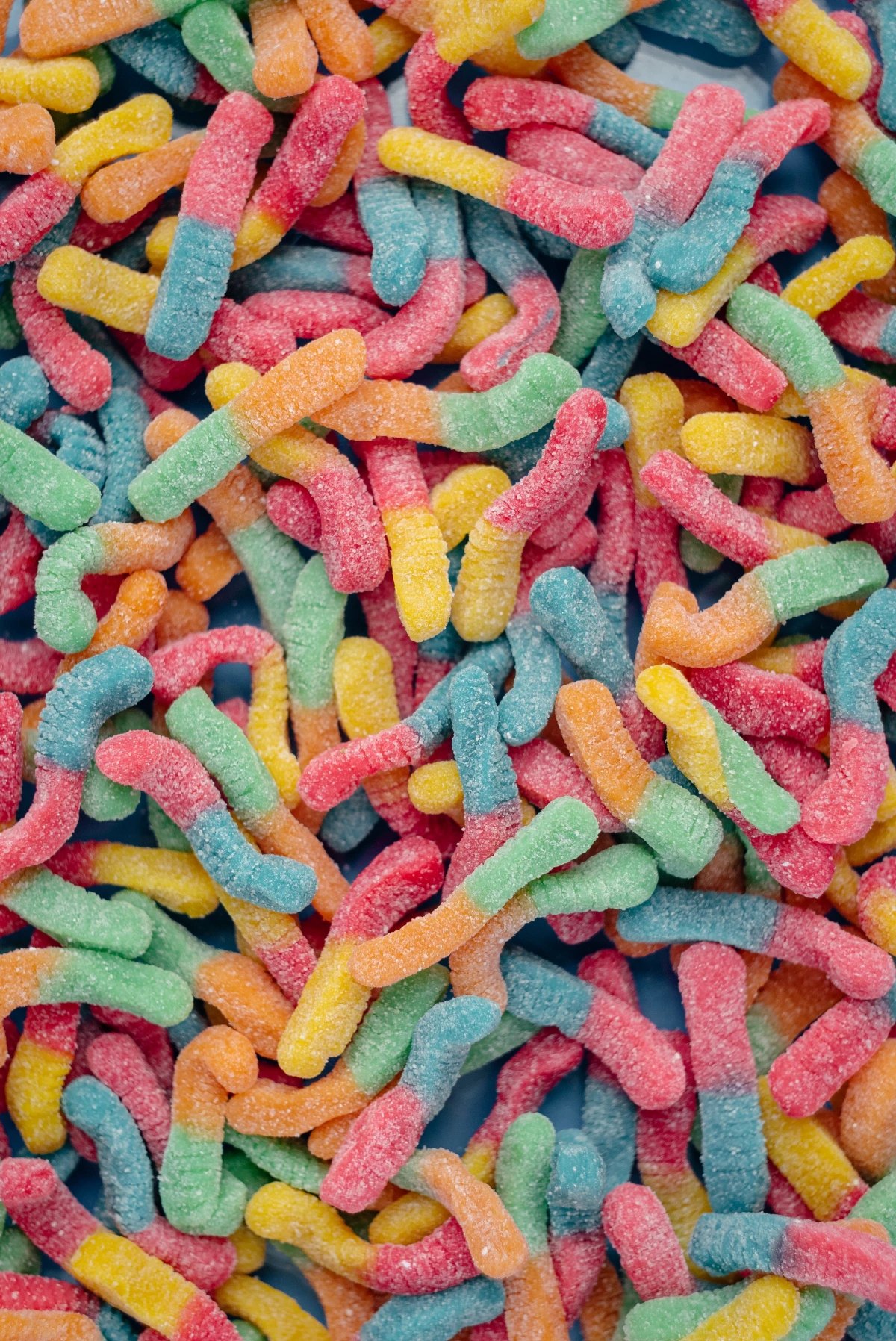
Your kidneys are the unsung heroes in all of this, filtering your blood all day long to toss out waste while holding onto the good stuff. When we eat certain foods, we can make their job a lot harder. Understanding that is the first step to choosing foods that help, not hurt.
The Easiest Way to Check Your Hydration
Before we dive into foods, here’s the single most useful trick I teach my clients. Forget counting ounces for a second and just take a look in the toilet. Your urine color is a fantastic, real-time indicator of your hydration status.
It’s a simple system:
- Pale Straw or Light Lemonade Color: Perfect! You’re well-hydrated. Keep doing what you’re doing.
- Bright or Dark Yellow: You’re getting a little dehydrated. Time to grab a glass of water.
- Amber or Apple Juice Color: This is a red flag. Your body is definitely dehydrated and you need to increase your fluid intake right away.
It’s a quick, free, and surprisingly accurate way to monitor yourself throughout the day.
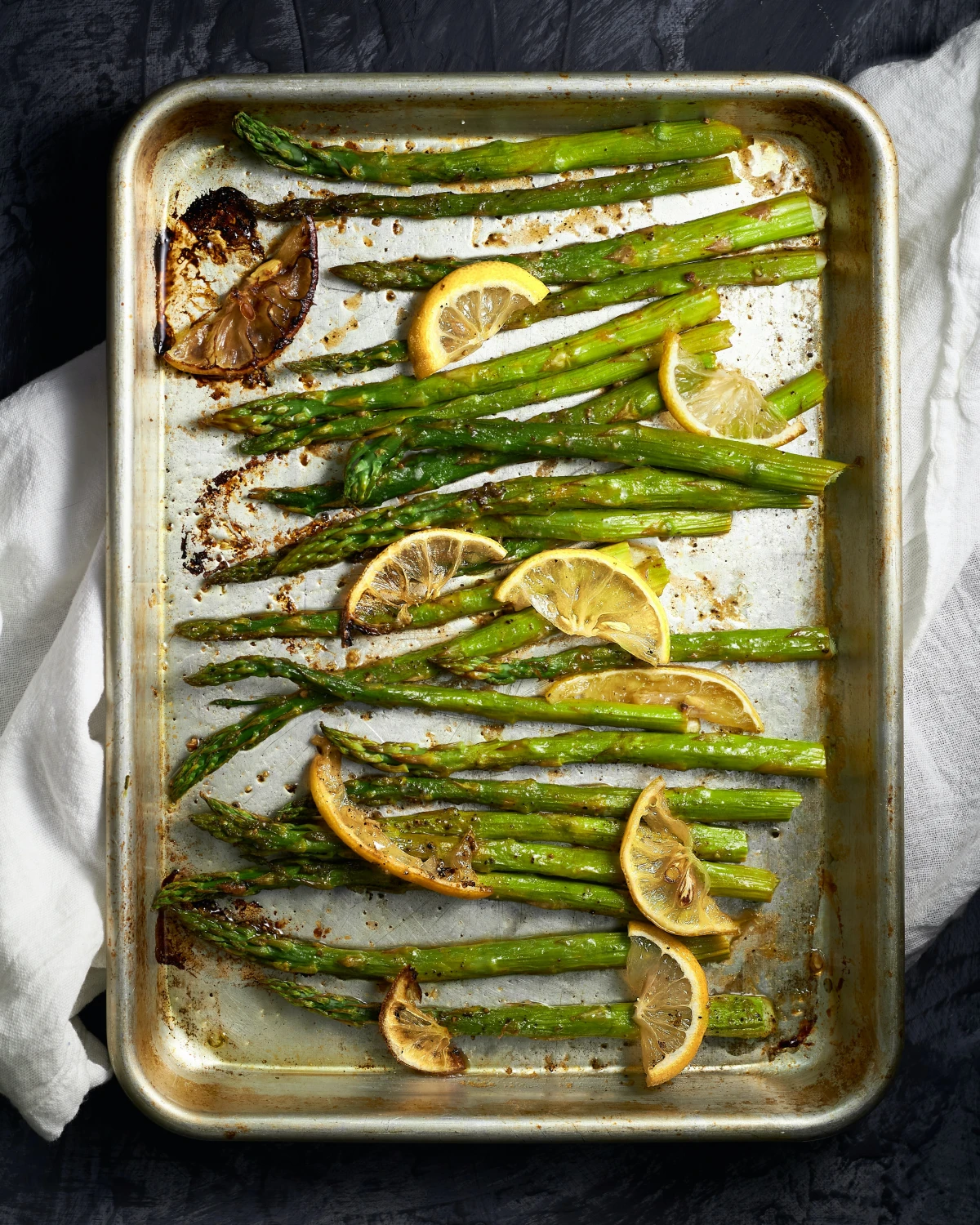
The Salty Truth: A Balancing Act
Sodium gets a bad rap, but your body absolutely needs it. I’ve seen endurance athletes get into serious trouble by drinking only plain water for hours, flushing out all their sodium. The problem isn’t the mineral itself; it’s the insane amounts we get from modern processed foods.
When you eat a super salty meal, your bloodstream’s sodium level spikes. Remember osmosis? Water gets pulled from your cells to dilute that salt. Your brain gets a powerful
Galerie d’inspiration
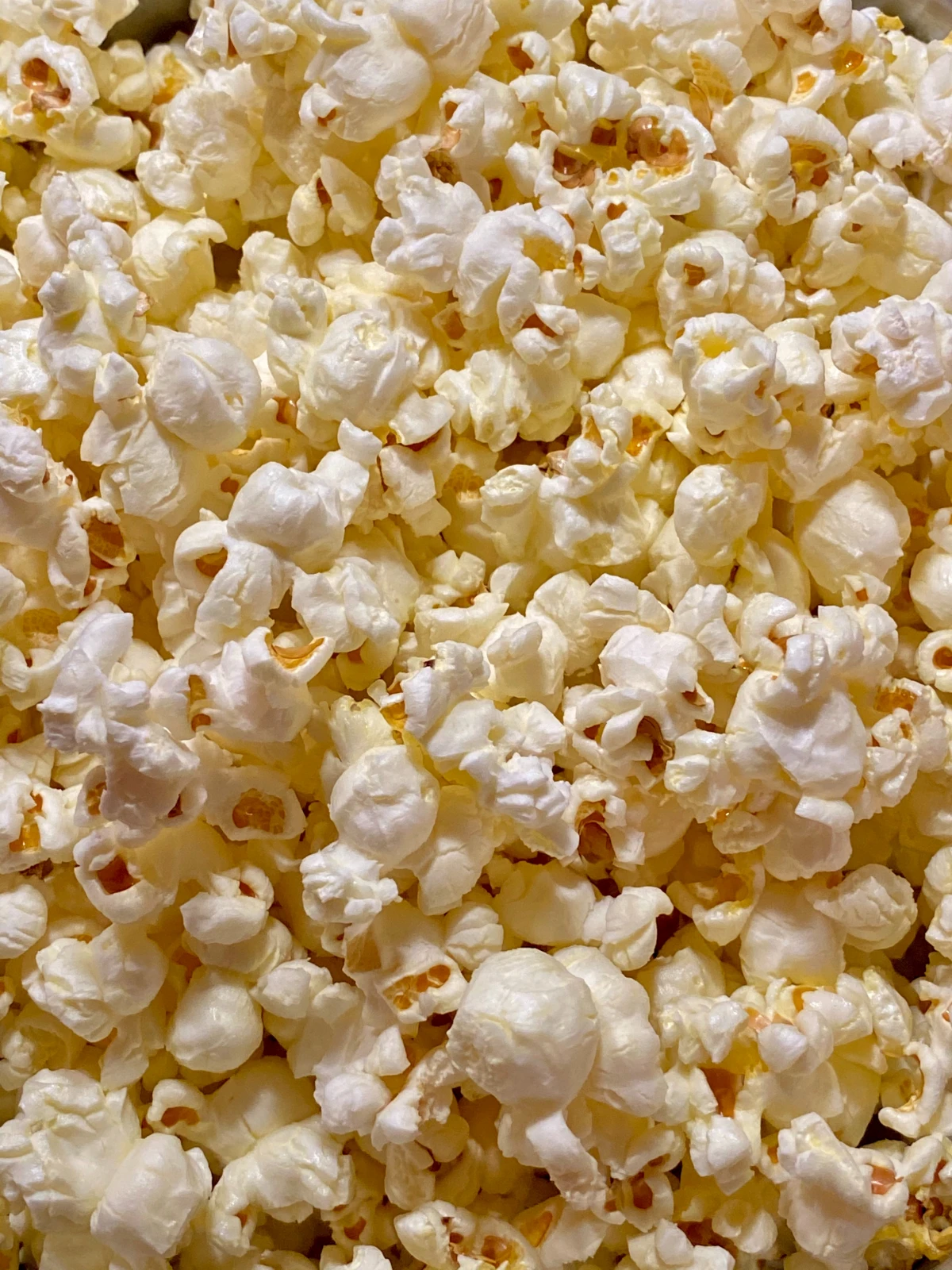
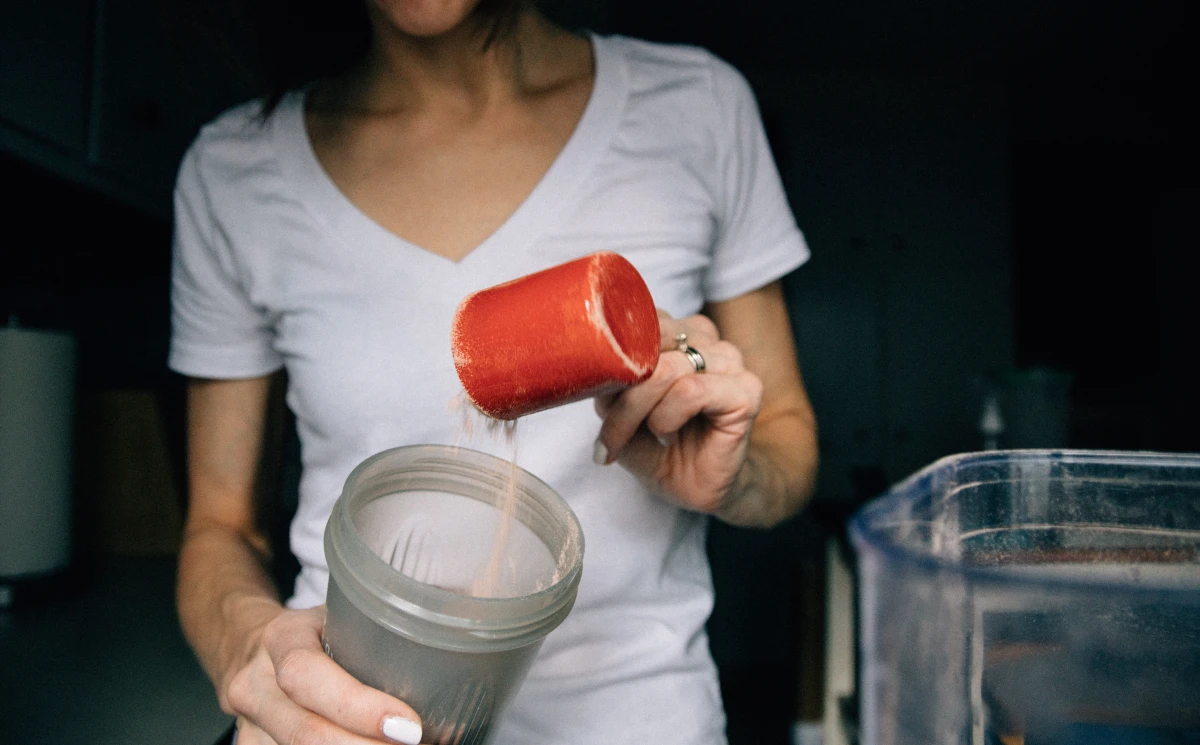
Craving salt after a workout? Your body might be talking to you.
That sudden desire for pretzels or chips isn’t just a random craving; it’s often a signal that your body is low on sodium, a critical electrolyte lost through sweat. Instead of reaching for processed snacks, try a handful of olives, a glass of tomato juice, or even a few pickles. This replenishes sodium in a more balanced way, helping your cells absorb water more effectively and get you back to feeling your best, faster.
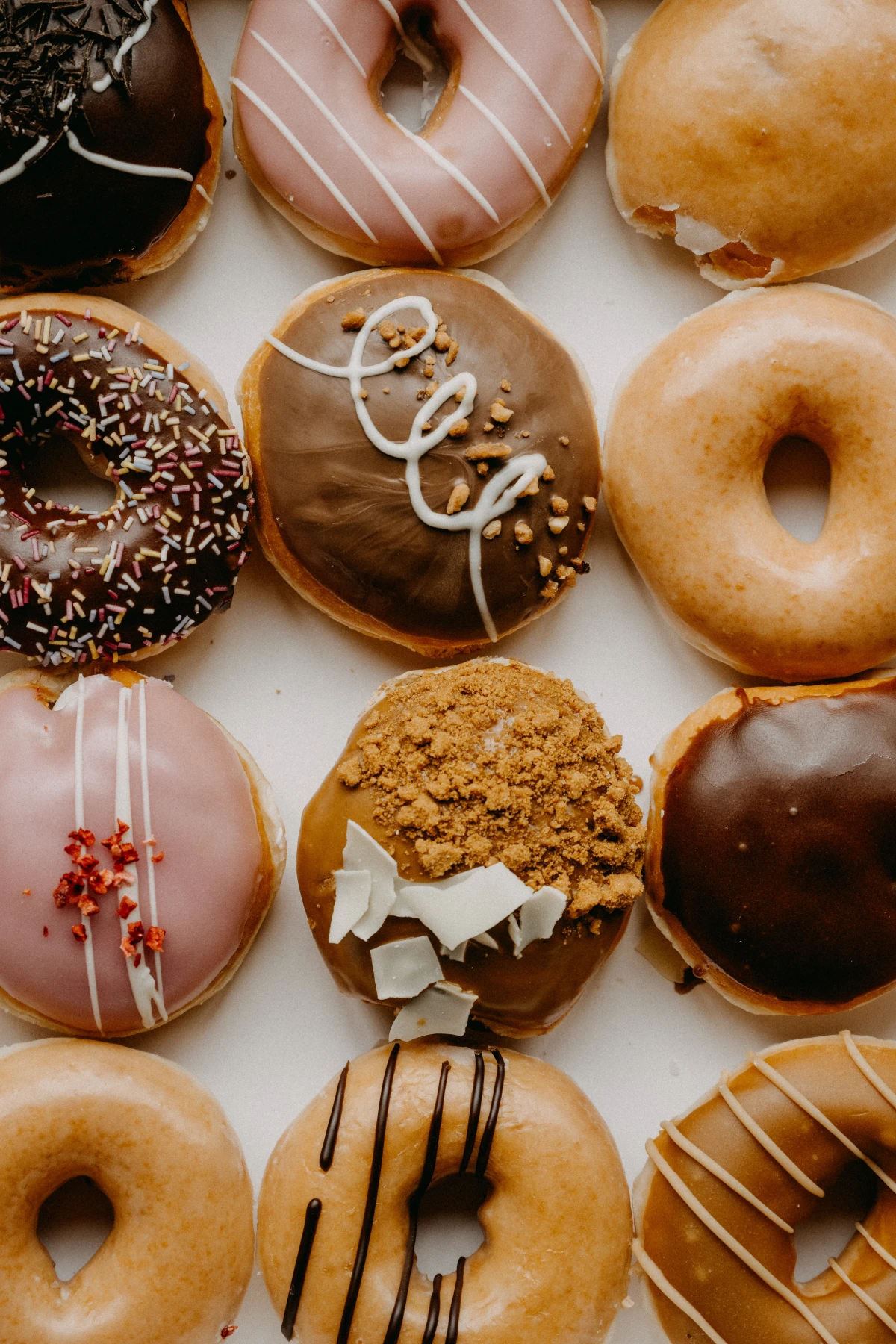
A study in The American Journal of Clinical Nutrition found that milk (both skim and whole) was more hydrating than water over a four-hour period.
Why? It’s all about the nutrients. Milk’s natural blend of protein, carbohydrates, fat, and the electrolyte sodium means it’s absorbed more slowly by the stomach. This slows down the emptying of fluid, allowing your body to hold onto it for longer. It’s a perfect example of how what you consume alongside your liquids plays a massive role in overall hydration.
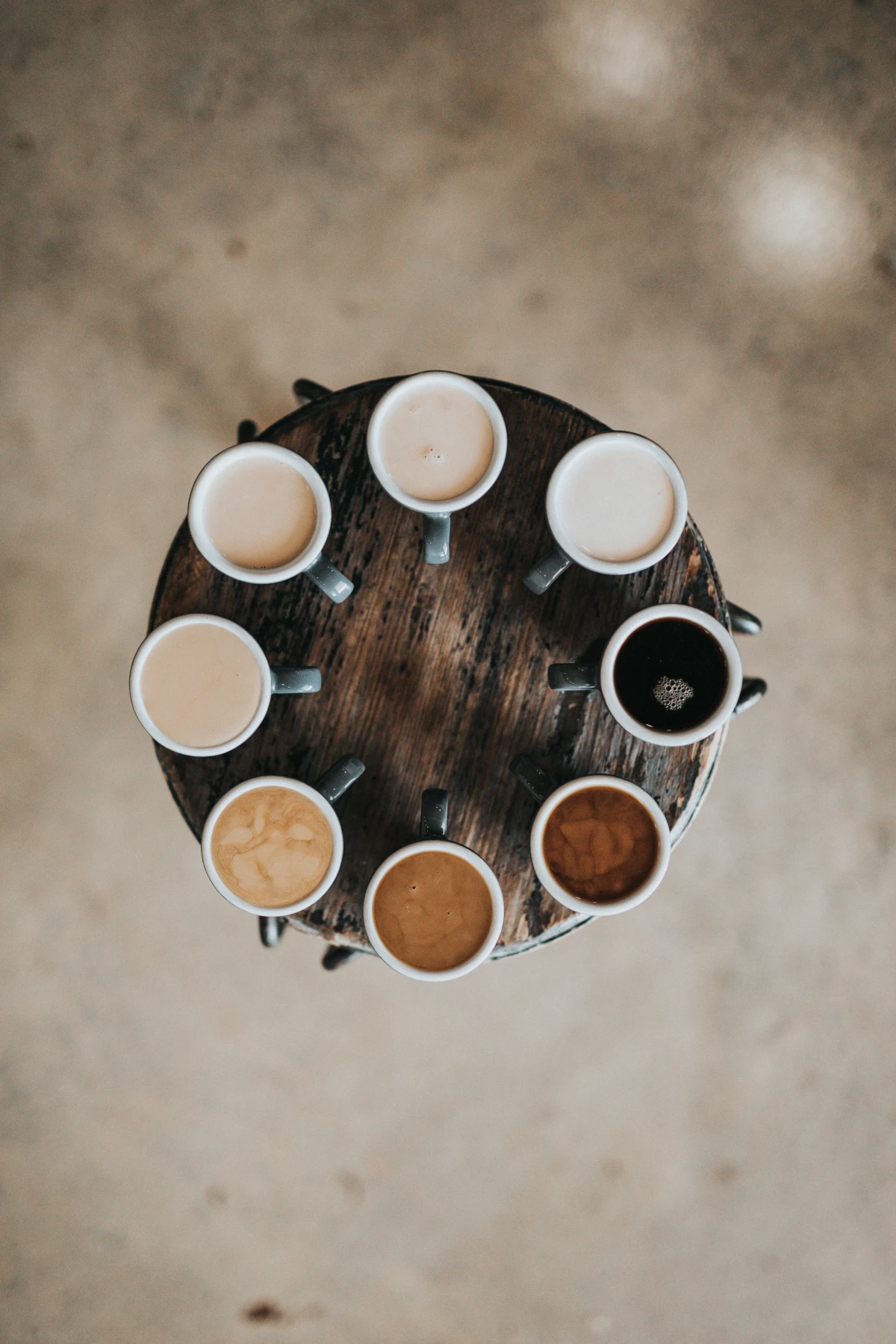
Post-Workout Protein Shake: Often loaded with protein powder, it’s fantastic for muscle repair. However, processing high amounts of protein requires a lot of water, and some commercial mixes can contain hidden sugars that work against hydration.
Hydrating Recovery Smoothie: Blending hydrating foods like cucumber and watermelon with a scoop of protein, a splash of coconut water for potassium, and a tiny pinch of sea salt for sodium. This option refuels and rehydrates simultaneously.
For optimal recovery, consider the smoothie approach first to tackle dehydration before focusing solely on protein.

Beyond the obvious culprits, some
The Electrolyte Edge: Simply chugging water isn’t always the most efficient way to rehydrate, especially after intense sweating. Your body needs electrolytes like sodium and potassium to actually pull that water into your cells. For a quick and effective boost, dropping an electrolyte tablet, like those from Nuun or Hydralyte, into your water bottle can make a world of difference. It transforms plain water into a targeted hydration solution that your body can use immediately.










